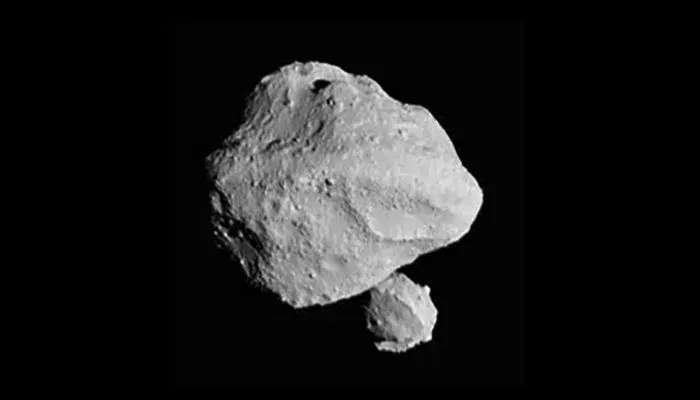
National Aeronautics and Space Administration’s (NASA) Lucy aircraft images showed asteroid Dinkinesh to be surprisingly complex.
As per NASA, the images showed that the quarter of the asteroid ‘suddenly shifted, a ridge, and a separate contact binary satellite (Selman).’
Scientists believe that Dinkinesh and Selam have significant internal strength and a complicated history.
Hal Levison, the lead author of the study and Lucy's principal investigator at the Boulder, Colorado, branch of the Southwest Research Institute in San Antonio, Texas, said, “We want to understand the strengths of small bodies in our solar system because that’s critical for understanding how planets like Earth got here.”
Levison explained, “Basically, the planets formed when zillions of smaller objects orbiting the Sun, like asteroids, ran into each other. How objects behave when they hit each other, whether they break apart or stick together, has a lot to do with their strength and internal structure.”
The observations of the scientists were published May 29 in the journal Nature.
Keith Noll of NASA’s Goddard Space Flight Center in Greenbelt, Maryland, project scientist for Lucy and a co-author of the paper, explained, “The trough suggests an abrupt failure, more an earthquake with a gradual buildup of stress and then a sudden release, instead of a slow process like a sand dune forming.”
Levison noted, “These features tell us that Dinkinesh has some strength, and they let us do a little historical reconstruction to see how this asteroid evolved.”
Levison further added, “It broke. Things moved apart and formed a disk of material during that failure, some of which rained back onto the surface to make the ridge.”








